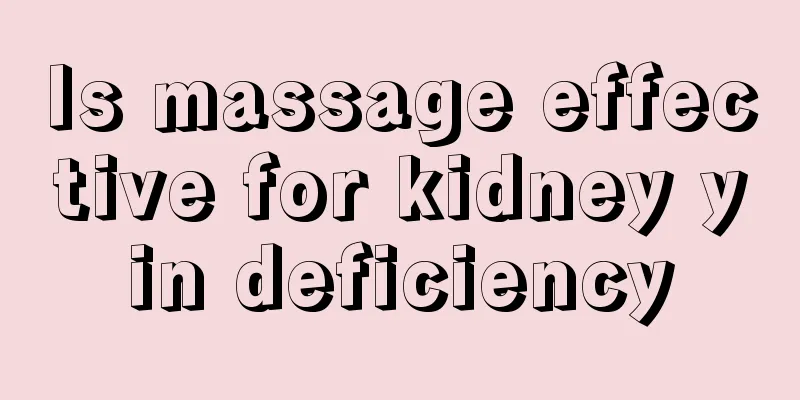Rehabilitation training for memory impairment after radiotherapy for nasopharyngeal carcinoma

|
Practice has shown that it is difficult to restore memory function after brain damage caused by radiotherapy for nasopharyngeal carcinoma, and attempts to restore memory after brain damage by recovery methods are basically ineffective. Therefore, memory therapy mainly focuses on the application of compensatory skills. Compensatory memory is a method of using external auxiliary objects or prompts to help people with memory impairment. The following are some of the commonly used auxiliary tools. (1) Notebook: This is the most common and effective method. In daily life, set up and use a notepad to reduce the problems caused by memory loss. Patients learn about the purpose, content, name, and use of each item in the notepad through questionnaires. It can be used when the patient can read and preferably write. It can be used to record appointments, list things to do, record addresses, phone numbers, transportation, etc. When using it, the patient is required to sort out the main components and keywords; at the beginning, take notes every 15 minutes, and extend it as appropriate after memory ability improves and learn to use it in real life. Therapists should give patients ample opportunities to practice using notepads at different times every day to establish the patient's habit of using notepads and become familiar with the methods and time of use. For example, make an appointment with the patient for a meeting on a certain day, ask him to meet at a certain time, celebrate someone's birthday, etc.; note that each person should have a notepad that is suitable for carrying in a pocket and placed in a fixed place. For some people, wall calendars or desk calendars at home are also very useful, especially those patients who were used to using them before brain injury. They can record some special activities and important things they plan to do on them and refer to them at any time. (2) Activity schedule: Make a large, eye-catching schedule of regular daily activities and post it in places where the patient often is, such as by the bedside or outside the bedroom door. Initially, ask family members to remind the patient to check the schedule frequently so that he knows what to do and when. (3) Learning and using drawings: This is suitable for patients with spatial and temporal orientation disorders. Use large maps, large Roman letters, and clear routes to indicate frequently visited places and their order for easy use. (4) Use of alarm clocks, watches, and various electronic auxiliary tools: With the development of electronic products and the popularization of communication tools, there are many such products, such as electronic time-telling watches that can be worn on the hand, timed alarm clocks, mobile phones, electronic diaries, etc. According to the patient's condition, programs can be set to give verbal and musical prompts at regular intervals, and to extract directive information sent by others to remind the patient. (5) Memory prompt tools: including lists, labels, marks, prompts, etc. ① Lists: The therapist or family members make a list of things to remember for the patient, and the patient completes the task according to the list; ② Labels: Put labels on cabinets, wardrobes, and drawer doors to indicate what items are inside and their locations to compensate for memory loss; ③ Simplify the environment and highlight the things to be remembered. For example, put wallets and keys in places where patients must pass by to remind them not to forget them when they go out; ④ Verbal or visual prompts: Verbally prompt relevant questions and let the patient look at relevant pictures, etc. These compensatory methods require additional training so that the patient can remember to use them. Both internal and external prompting methods need to be used. In deciding which prompt to use for which patient, the therapist needs to understand the patient's interests, motivations, emotions and feelings, will and determination, and other non-intellectual factors. In addition, the patient's physical strength and frailty should also be fully considered. |
<<: There are 4 treatments for bone cancer
>>: What are the indications for immunotherapy of renal cancer
Recommend
Is it good for babies to sleep more?
Newborn babies sleep a lot every day, and may sle...
Methods for correcting lateral and nasal sounds
Many of our friends in the southern regions are v...
What is the magic recipe for liver cancer? Try these Chinese medicine recipes for liver cancer
Liver cancer is a common malignant disease in the...
How high is the incidence of bile duct cancer?
The incidence of bile duct cancer is on the rise ...
Liver cancer staging standards
The staging standards for liver cancer mainly inc...
The reason why women have fibroids. Can women with fibroids get pregnant?
The reasons why women have fibroids may be relate...
What are the early detection items for colorectal cancer
What are the early detection items for colorectal...
What is the reason for long-term cough
Coughing should not be unfamiliar to everyone, be...
Nursing care for laparoscopic radical prostatectomy with indwelling urinary catheter
Many men do not know the treatment methods for pr...
Is a heart rate of 51 normal?
Human heartbeat is often very important for physi...
Is testicular cancer hereditary? Yes, it is hereditary to a certain extent
Testicular cancer is hereditary to a certain exte...
How long does it take for the double eyelid scab to fall off
Double eyelids have a huge impact on people's...
What does a fetus look like at 40 days?
When you are 40 days pregnant, you are in the ear...
Do I need to extract my wisdom teeth if they grow crooked?
It is very common to have wisdom teeth growing, a...
What harm does petroleum ether do to the human body?
Excessive inhalation of petroleum ether or accide...









